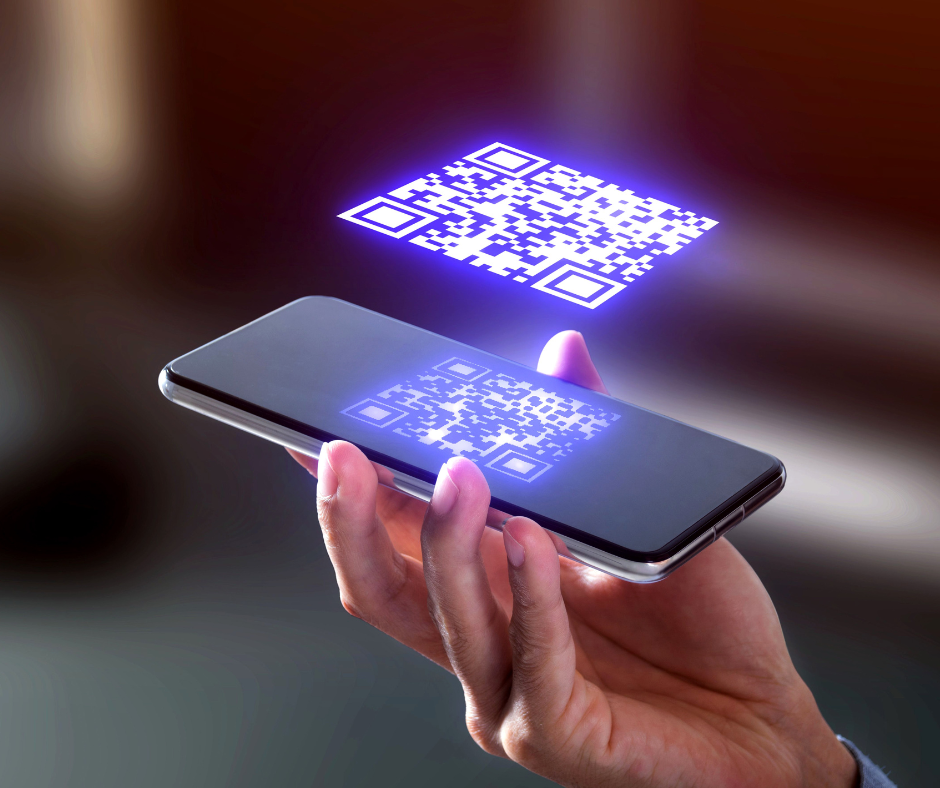
The Rising Threat of QR Codes in Phishing Attacks
In the digital age, where convenience is paramount, Quick Response (QR) codes have become an integral part of our everyday lives. From mobile payments to event ticketing, these pixelated squares have streamlined various processes. However, with convenience comes vulnerability, and QR codes have become the latest tool in the arsenal of cybercriminals, particularly in phishing attacks.
Phishing, the fraudulent attempt to obtain sensitive information such as usernames, passwords, and credit card details, often masquerades as a trustworthy entity in electronic communication. Traditionally, phishing emails and fake websites were the primary mediums for cybercriminals however with the rise in popularity in smartphones equipped with QR code scanners, scammers have found a new method for their cyber-attacks.
Phishing attacks evolve using QR codes.
QR code phishing attacks (also known as Quishing) are deceptively simple yet highly effective. Scammers create QR codes that, when scanned, redirect users to malicious websites designed to mimic legitimate ones. These websites often prompt users to enter sensitive information or download malware under the guise of a legitimate service or offer. What makes QR code phishing attacks particularly devious is that they exploit the inherent trust associated with QR codes, as users generally perceive them as safe and legitimate.
One of the primary reasons behind the rise of QR code phishing attacks is the increasing integration of QR code scanning functionality into mainstream mobile applications. Popular messaging apps, social media platforms, and mobile banking applications now feature built-in QR code scanners, making it incredibly convenient for users to scan QR codes without the need for third-party apps. While this integration enhances user experience, it also provides cybercriminals with a larger attack surface.
Moreover, the COVID-19 pandemic has further accelerated the adoption of QR codes, especially for contactless payments and menu access in restaurants. With more businesses and individuals embracing QR codes as a hygienic and convenient solution, cybercriminals have seized the opportunity to exploit this trend.
Utilising QR codes within phishing emails to enhance credibility.
Many individuals are accustomed to receiving poorly crafted phishing emails that deceive them into taking immediate action. However, threat actors have evolved their tactics, now employing emails that appear authentic while still exerting pressure on recipients to respond urgently. CIR has observed instances where threat actors impersonate HR or payroll departments, sending employees QR codes purportedly linking to benefit or payment documents.
Typically, phishing attacks incorporating QR codes result in funds transfer fraud (FTF), enabling threat actors to infiltrate email accounts and reroute payments to their own accounts. Nevertheless, phishing with QR codes can occasionally grant threat actors heightened access to a company’s network, potentially disrupting business operations.
Protecting against QR code phishing attacks.
Vigilance and caution are key. Before scanning any QR code, especially those received via email, social media, or messaging apps, users should verify the source and destination of the code. If in doubt, it’s advisable to refrain from scanning the code and instead manually enter the URL or contact the sender directly for verification.
Additionally, users should ensure that their devices are equipped with reputable antivirus software capable of detecting and blocking malicious websites and malware. Regular software updates should also be prioritised, as they often contain patches for security vulnerabilities that could be exploited by cybercriminals.
Businesses, too, play a crucial role in mitigating the threat of QR code phishing attacks. They should educate their employees and customers about the risks associated with QR codes and implement robust security measures to detect and prevent phishing attempts. This includes implementing multi-factor authentication, conducting regular security audits, and monitoring for suspicious activity.
While QR codes undoubtedly offer convenience and efficiency in various aspects of our lives, they also present a new avenue for cybercriminals to orchestrate phishing attacks. By remaining vigilant, exercising caution, and implementing appropriate security measures, both individuals and businesses can minimise the risk of falling victim to QR code phishing scams and safeguard their sensitive information.
Taking proactive steps, such as obtaining Cyber Essentials certification and purchasing insurance against cyber-enabled crime, can significantly enhance security. For more information on Cyber Essentials, CLICK HERE.
To learn more about the cyber risks associated with QR codes by contacting our team on01905 21681 or email Enquiries@sutcliffeinsurance.co.uk.
